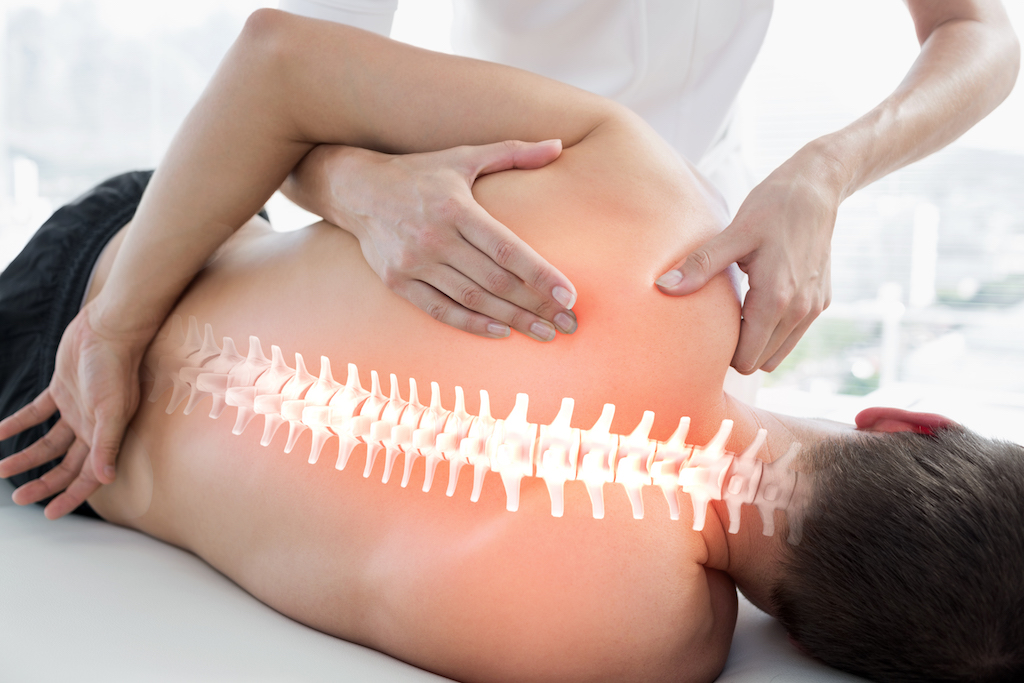During your first visit to an osteopath, you can expect a thorough assessment tailored to your unique needs. You’ll discuss your medical history and concerns while wearing comfortable clothing to facilitate movement. The osteopath will perform a physical examination, checking your posture and any areas of discomfort. They may use various techniques to evaluate your body’s mechanics. After the assessment, you’ll receive a personalized treatment plan focusing on your goals. This initial visit sets the foundation for your journey toward better health, and there’s plenty more to discover about what’s ahead in your treatment process.
Preparing for Your Appointment
Before your appointment with Ivanhoe osteopaths, gather any relevant medical history and prepare a list of questions you want to ask your osteopath. This preparation helps you communicate your concerns clearly. Think about your appointment attire, too. Wear comfortable, loose-fitting clothes that allow easy movement, as your osteopath will need to assess your body.
Mental preparation is equally important. Take a moment to relax and calm your mind before your visit. Focus on your symptoms and how they impact your daily life. This will help you articulate your experiences better during the consultation.
What to Bring
When heading to your osteopath, it’s important to bring specific items that can enhance your visit and facilitate a thorough assessment.
First, wear appropriate clothing that allows for easy movement, like loose-fitting attire or workout gear. This will help the osteopath examine your posture and mobility more effectively.
You should also consider bringing any personal items that could be relevant, such as a list of medications you’re taking, previous medical reports, or any specific health concerns you’ve noted.
If you have any chronic pain or injuries, jotting down details can be beneficial. By preparing these items, you’ll make the most of your first appointment and guarantee the osteopath has the information needed for a complete evaluation.
Initial Consultation Process
During your initial consultation with an osteopath, you’ll start by discussing your medical history to give them a clear picture of your health.
Next, they’ll perform a physical examination to assess your body and identify any issues.

Medical History Overview
An osteopath will start your initial consultation by gathering a detailed medical history to understand your health background and any specific concerns. This process is essential as it reflects the osteopathic philosophy, which emphasizes your body’s interconnectedness and overall well-being.
You’ll discuss past injuries, surgeries, medications, and any recurring symptoms. This information helps the osteopath tailor their approach to your needs.
During this conversation, building a strong patient-therapist relationship is important. The osteopath wants you to feel comfortable and open, ensuring you share all relevant details.
Physical Examination Steps
After discussing your medical history, the osteopath will conduct a thorough physical examination to assess your posture, movement, and any areas of discomfort.
This physical assessment involves observing how you stand and move, checking for imbalances or restrictions. You may be asked to perform specific movements to evaluate your range of motion.
The osteopath might also palpate different areas of your body to identify any tension or soreness. Throughout this process, they’ll utilize various osteopathic techniques to understand your body’s mechanics better.
By the end of the examination, you’ll have a clearer picture of your physical condition, setting the foundation for any future treatments.
Treatment Plan Discussion
Following the physical examination, your osteopath will outline a personalized treatment plan tailored to address your specific needs and goals. This plan will focus on your treatment goals, whether it’s reducing pain, improving mobility, or enhancing overall wellness.
Your osteopath will discuss various techniques and approaches, ensuring you understand how each one aligns with your objectives. They’ll also set realistic patient expectations, clarifying how many sessions you might need and what progress you can anticipate.
Open communication is key, so feel free to voice any concerns or preferences. By collaborating on your treatment plan, you’ll both work towards achieving the best possible outcomes for your health and well-being.
Assessment Techniques Used
During your first visit, the osteopath will employ various assessment techniques to evaluate your body’s function and identify any areas of concern.
You can expect a detailed physical examination, where the osteopath uses specific assessment tools and diagnostic techniques. They’ll likely assess your posture, range of motion, and muscle strength to understand your overall condition.
The osteopath may also ask you questions about your medical history, lifestyle, and any pain or discomfort you’re experiencing. By combining these observations with their knowledge of anatomy, they’ll pinpoint potential issues.
This thorough assessment not only helps in diagnosing your condition but also sets the foundation for creating an effective treatment plan tailored to your needs.
Treatment Methods Explained
Osteopaths use a range of treatment methods to address your specific needs and promote overall well-being. One primary technique is manual therapy, which involves hands-on manipulation of muscles, joints, and tissues. This method helps to relieve pain, improve mobility, and enhance circulation.
Osteopaths also emphasize a holistic approach, considering not just your physical symptoms but also your lifestyle, emotional health, and environment. By looking at the bigger picture, they tailor treatments to support your overall health.
You might experience techniques like stretching, joint mobilization, or soft tissue manipulation. Each session is designed to empower you, helping your body to heal and function effectively while encouraging you to take an active role in your health journey.
Aftercare and Follow-Up
After your osteopathic treatment, you’ll likely receive tailored aftercare instructions to enhance your recovery and sustain the benefits of your session. These instructions are essential for your healing process.
To maximize your results, consider the following:
- Stay Hydrated: Drink plenty of water to help flush out toxins.
- Gentle Movement: Engage in light activities, like walking, to promote circulation.
- Heat or Cold Therapy: Apply heat or cold packs as recommended to alleviate discomfort.
- Follow-Up Schedule: Adhere to the follow-up schedule your osteopath provides to monitor your progress.